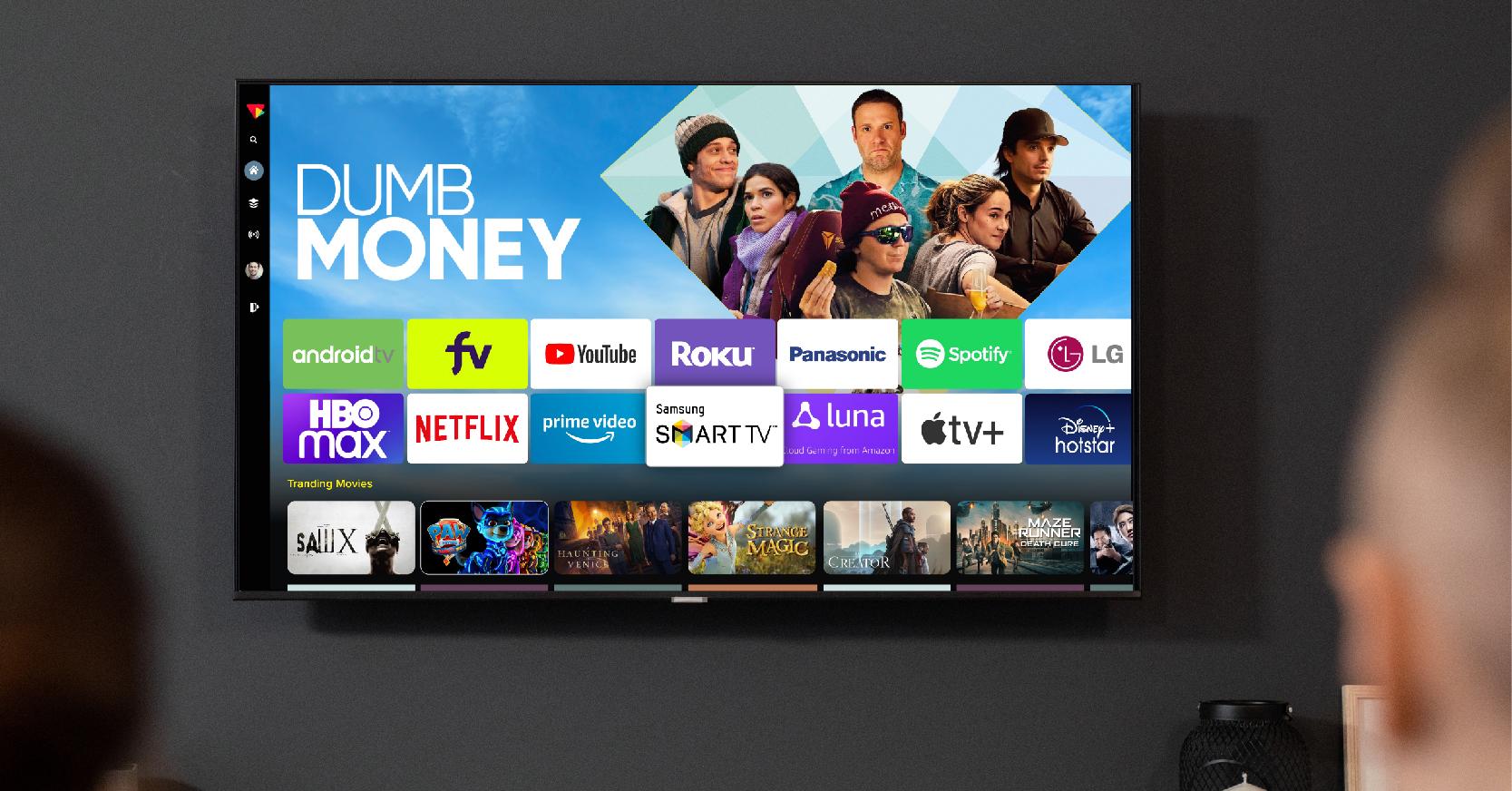Apollo Group Tv Can Be Fun For Anyone
Apollo Group Tv Can Be Fun For Anyone
Blog Article
Our Apollo Group Tv Statements
Table of ContentsThe smart Trick of Apollo Group Tv That Nobody is Talking AboutGetting My Apollo Group Tv To WorkSome Known Incorrect Statements About Apollo Group Tv Getting My Apollo Group Tv To Work
In this situation, instead than having three-minute industrial places during a 30-minute television program, television programming might transform to one where a consumer will be required to have a regular monthly subscription, so that they cen sight targeted banner ads. This type of advertising and marketing already occurs on the net, and the quantity of information tv companies gather allows them to do much the same.Describe the major trends among the broadcasting and wire networks. Popular radio reveals such as authorities dramatization Dragnet and western cowboy collection Gunsmoke were adjusted for tv, and new TV shows were funded by single advertisers, just as radio programs had actually been.
Today, the tv market is far much more complex. Programs are funded by several advertisers; shows is managed by major media conglomerates; and the 3 major networks no much longer control the airwaves however instead share their visitors with many cable television networks. A number of factors make up these patterns within the industry, consisting of technological growths, government regulations, and the development of new networks.

Examine This Report on Apollo Group Tv
Even public tv has actually ended up being subject to the impact of marketing. Established in 1969, (PBS) created out of a report by the Carnegie Commission on Educational Tv, which analyzed the duty of academic, noncommercial television on culture. The report suggested that the government money public television in order to give diversity of shows during the network eraa solution created "not to market products" however to "enhance citizenship and civil service (McCauley, 2003)." Public television was likewise intended to supply global access to tv for viewers in rural areas or visitors who might not afford to spend for personal tv services.
The duration between 1950 and 1970 is historically acknowledged as the. Besides a small part of airtime managed by public tv, the 3 significant networks (known as the Big Three) dominated the tv sector, jointly accounting for more than 95 percent of prime-time viewing. In 1986, Rupert Murdoch, the head of multinational business Information Corp, released the Fox network, testing the dominance of the Big Three.
Targeting young and minority audiences with shows such as Buffy the Vampire Slayer, Moesha, Dawson's Creek, and The Wayans Bros., the new networks wanted to draw stations away from their old network affiliations. Nevertheless, instead of duplicating the success of Fox, UPN and WB battled to make an influence. Incapable to attract several affiliate stations, both recently established networks reached fewer homes than their larger rivals because they were unobtainable in some smaller cities.
This decision paved the means for the growth of wire flick networks, adding to the exponential growth of cable in the 1980s and 1990s. apollo group tv app. Further deregulation of cable in the 1984 Cable Communications Plan Act got rid of limitations on cable television rates, enabling drivers to bill what they wanted for cable services as long as there worked competitors to the service (a standard that over 90 percent of all wire markets can satisfy)
The Best Strategy To Use For Apollo Group Tv

Having actually created the very first "superstation," Turner increased his world by founding 24-hour news network CNN in 1980. At the end of the year, 28 national programs solutions were readily available, and the cable transformation had started. Over the following years, the sector undertook a period of rapid growth and popularity, and by 1994 viewers might select from 94 standard and 20 costs wire solutions.
Number 9 - https://apollogtv01.weebly.com/.16 Boosted competition from cable television networks has triggered a constant decline in the networks' audience rankings. During the 1950s, the cost of creating a solitary television show boosted as programs came to be much longer and production costs skyrocketed. Sponsorship on network television moved from solitary sponsorship, in which a program was completely sustained and produced by one advertiser, to several sponsorship, in which marketers bought 1- or 2-minute areas on the program
Select one of the Big Four networks and print out its regular programs routine. Enjoy the network's prime-time programs over the program of a week, keeping in mind the target market i loved this for each program.
The Definitive Guide for Apollo Group Tv

Linear TV, commonly described as traditional broadcast TV, incorporates wire and satellite television. It's called "linear" since material adheres to a fixed programming schedule, unlike on-demand content which the private customer determines to see based on their own preferences and schedule. So, when you ask, "What is direct TV?", think about it as the traditional method of enjoying television that has been around for decades.
Report this page